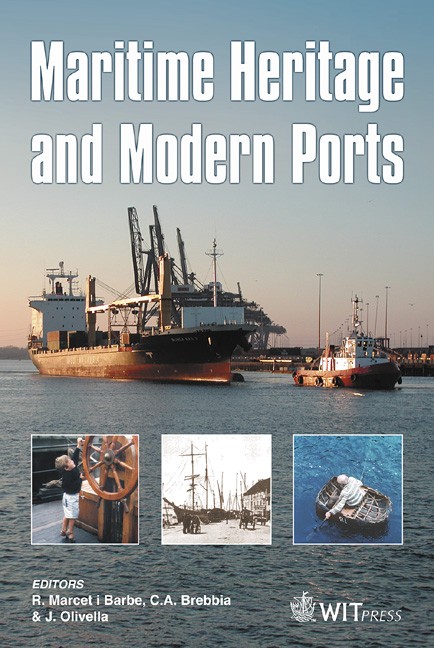Exploring Our Maritime Heritage: U.S. Efforts To Focus Exploration Tools And Techniques To Investigate Submerged Cultural Resources
Price
Free (open access)
Transaction
Volume
79
Pages
10
Published
2005
Size
257 kb
Paper DOI
10.2495/MH050151
Copyright
WIT Press
Author(s)
J. Weirich & J. Gray
Abstract
Advancements within the field of ocean exploration made by the U.S. National Oceanic and Atmospheric Administration (NOAA), in collaboration with other government, academic and industry partners, have opened up opportunities for investigating maritime heritage resources. With a focus on the initial phases of marine archaeology—discovery, investigation and inventory—the NOAA provides maritime heritage researchers with vessel time, advanced technologies and financial support, which were not as readily available a few years ago. Along the way, the discovery of new maritime heritage sites has also uncovered new responsibilities and challenges with respect to resource management. The NOAA has created innovative ways of addressing these issues while continuing its mission to expand its research of the world’s oceans. 1 Introduction: the need to explore archaeologically Shipwrecks and submerged prehistoric landscapes are unique places that contain a wealth of historical, archaeological and environmental data. Such sites not only include ships that are magnificent artifacts in themselves, but shipwrecks often hold the cargo, personal items, tools, utensils, and other telling items that humanize history. Historic shipwrecks acquaint us with the men and women, the builders, sailors, and dockworkers that were the lifeblood of a nation’s shipping industry and the naval conflicts of a country. Their stories are often missing from the written record, but archaeology can give them a voice.
Keywords





